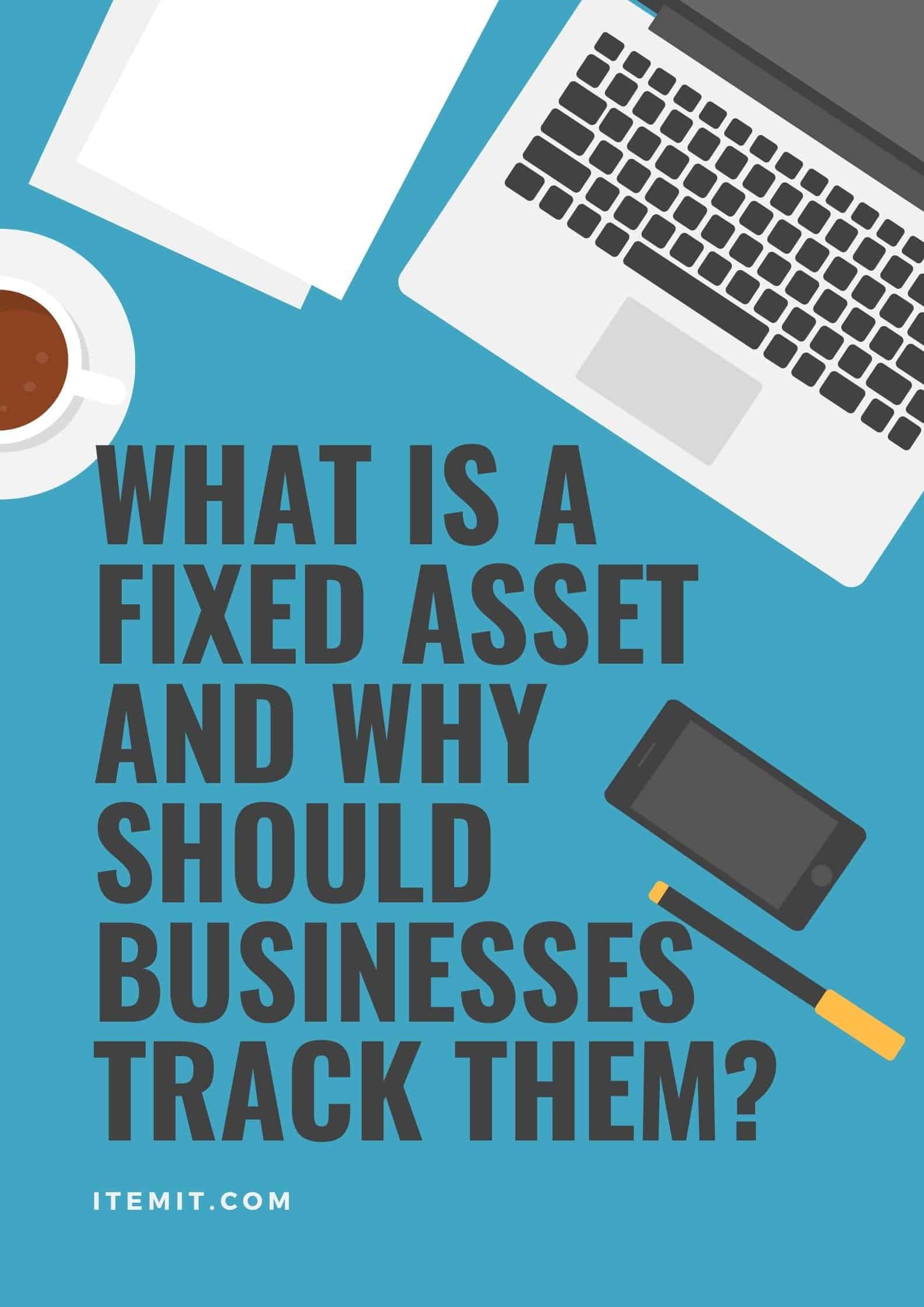
What is a fixed asset? Why should you be tracking them? And is it a waste of time? All your most common questions answered!
Fixed asset tracking and management can save your business a lot of time and money, and it can save your bacon should the worst happen. Having and monitoring a fixed asset register means that you’ll be able to run a more efficient, better, and more scalable business.
What is a Fixed Asset?
Fixed assets can be tangible: this means that it’s something physical that you can pick up and use. In this way, IT assets such as laptops, phones, desktop PCs are fixed assets, as well as furniture, tools and equipment and heavy plant and machinery.
Fixed assets can also be intangible: this means that fixed assets can be software or online systems too. For example, if you use a specific customer management system, then that is likely to be considered as a fixed asset.
To find out more about fixed assets, you can read our blog on it here.
Why do Businesses Need to Track their Fixed Assets?
First of all, it’s worth noting that fixed asset tracking and management is different from inventory management. Fixed asset tracking is more about tracking an asset’s lifecycle and how economical it is. Tracking fixed assets in your business is essential for compliance, insurance, accountability, and transparency reasons.
With no audit trail and no accountability, there’s little you can do when it comes to company tax breaks, improving financial processes, and ensuring compliance (whether it be GDPR or health and safety, or something entirely different).
If you know exactly who’s using your assets and where they are with the helpful use of QR code asset tags, then it’s a lot easier to plan your operations.
Knowing when routine maintenance is, logging where an asset is and who’s been using it, seeing which assets are booked out or require reactive maintenance, all of this reduces those two scary words: asset downtime.
Reducing Asset Downtime
All in all, tracking how your fixed assets are working and who’s using them does just this: reduces asset downtime.
Less asset downtime means a company that runs better, with better customer service and a more energised workforce. Not being able to use a tool, some equipment, or even a laptop can lower morale, and we know you want to ensure that every employee is contributing to the vision your business has.
Knowing the status of your fixed assets means that you can reduce asset downtime, and if an asset isn’t working, it means replacing work and is also a faster process.
If an asset has needed reactive maintenance several times, being able to see this in the history against that specific asset is also helpful. With the quick scan of a QR code asset tag, you’ll be able to see that the damaged asset is no longer economical to repair, and so a replacement process can be undertaken a lot faster.
To find out more benefits fixed asset tracking can have for your business, you can contact us or fill in the form below.
Start Tracking Your Fixed Assets Today

Try itemit
Choose a better way to track
your assets.
Start your free 14-day trial now!

Keep Learning
itemit Blog
Tips, guides, industry best practices, and news.
What Is Active RFID? A Complete Guide to Smart RFID Tags
Discover what Active RFID is, how active tags function, and the key benefits and use cases that make this technology essential for modern tracking systems.
Everything You Need to Know About 2D Barcodes
Discover everything about 2D barcodes, including how they work, their benefits, and how they are revolutionizing industries and improving business operations
Complete Guide to Asset Lifecycle Management and Its Benefits
Learn about asset lifecycle management and how it helps businesses optimize asset usage, reduce costs, and improve efficiency throughout the asset’s life.



